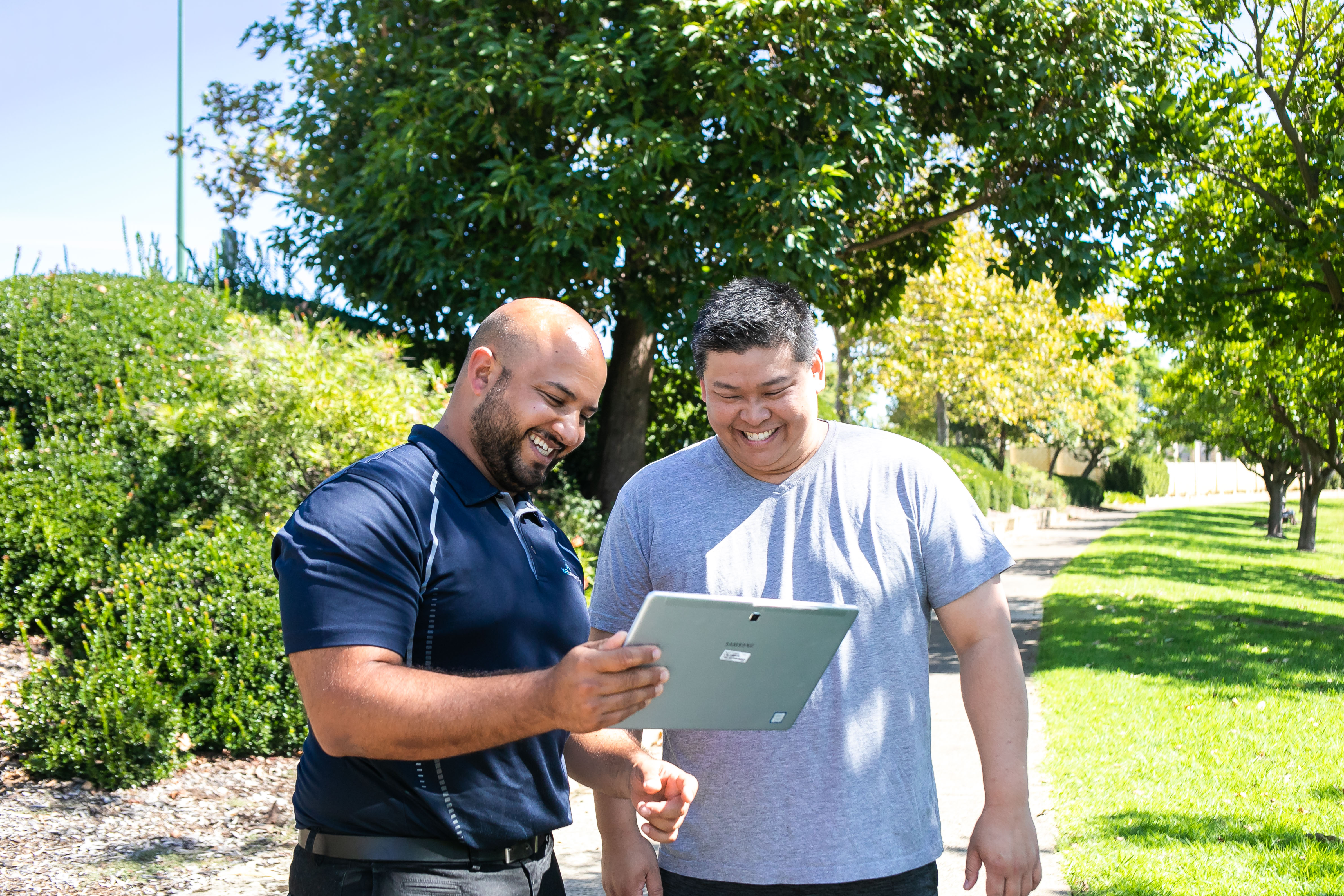Lower back pain is one of the most common ailments affecting golfers, especially those with years of experience in the sport. Whether it’s due to the repetitive motion of swinging or the physical toll of aging, managing this type of pain effectively can be the key to continuing to enjoy golf well into your golden years. Here’s how to manage lower back pain, prevent flare-ups, and keep your game strong.
Understanding the Problem
For many golfers, lower back pain often stems from wear-and-tear arthritis, muscle spasms, or even nerve impingement from years of repetitive movements and stress on the spine. Over-rotation in the golf swing, especially without proper strength and flexibility, can aggravate these conditions, resulting in severe pain that restricts movement for days.
A critical concept to understand is the "Boom/Bust Cycle" of pain. When you experience a good day with less pain (the "boom"), you might feel tempted to overexert yourself, whether playing a full round of golf or tackling other physical activities. This often leads to an intense pain flare-up (the "bust"), forcing you into rest and inactivity for days or even weeks. Over time, this cycle reinforces chronic pain, making it harder to recover and stay active.
So, how do you break free from this cycle? By adopting a balanced, sustainable approach that combines active and passive pain management strategies.
Active Strategies: The Long-Term Solution
The foundation of long-term relief is building core strength and spinal mobility. Studies show that core-strengthening exercises, combined with mobility work, are the most effective ways to prevent and manage chronic back pain.
Here are some key tips:
- Core Exercises: Strengthen your core muscles (including the abs, obliques, and back muscles) to provide better support to your spine. This can significantly reduce the strain on your lower back during the golf swing.
- Mobility Work: Incorporate 10-15 minutes of daily lumbar mobility exercises. These movements should focus on improving the flexibility of your spine without pushing into pain. Gentle, consistent movement is more effective than intense, sporadic efforts.
- Pacing: Avoid pushing yourself too hard when you're feeling good. Instead, break tasks into smaller, manageable chunks. For instance, play shorter rounds of golf to start, gradually building up your stamina.
Consistency is key. By sticking to a daily routine, you’ll gradually build the strength and flexibility necessary to manage your pain while staying active.
Passive Strategies: Short-Term Relief
While manual therapy (like massage or spinal manipulation) can provide short-term relief from muscle spasms and tightness, it’s important to remember that passive therapies should be part of a broader plan that includes active rehabilitation.
Manual therapy can:
- Reduce muscle tension and promote blood flow to the affected areas.
- Improve your range of motion, allowing you to engage more fully in your exercise program.
While these treatments can provide relief, they are not a substitute for the long-term benefits of consistent, active rehabilitation.
Breaking the Cycle of Pain
To break the boom/bust cycle of pain, it's important to shift your mindset from pushing through pain to managing it effectively. As an athlete, it’s tempting to ignore discomfort or use painkillers to get through a game. However, this approach often leads to more significant problems down the road.
Instead, focus on:
- Pain Education: Understand that not all pain means harm. Sometimes, your body’s pain response is heightened, even when no significant injury is present. Learning about chronic pain can help you manage it without fear.
- Pacing Yourself: It’s essential to strike a balance between activity and rest. Engage in moderate, consistent activity without overexerting yourself. Shorten your golf swing if necessary and make adaptations to your technique to prevent over-rotation.
- Mindfulness: Relaxation techniques like deep breathing, mindfulness, and meditation can help you manage the emotional and physical sensations of pain.
Key Tools for Golfers with Lower Back Pain
Here are a few tools you can incorporate into your pain management strategy:
- Pacing Chart: Track your daily activities and avoid doing too much at once. Consistency is more important than intensity.
- Golf Technique Modifications: Shorten your swing and adjust your golf posture to reduce stress on your spine.
- Mindfulness and Relaxation Practices: Practicing mindfulness can help you reconnect with your body and manage pain more effectively, both on and off the course.
The Single Most Important Factor for Long-Term Golf Success
The biggest factor that will keep you golfing well into your 70s is maintaining mobility and core strength. As we age, the spine naturally stiffens, and muscles weaken, which can make activities like golf more challenging. By focusing on building a strong, flexible core and maintaining a regular exercise routine, you can protect your spine, reduce pain, and keep swinging.
Final Thoughts
Managing lower back pain doesn’t mean giving up the game you love. With a balanced approach of active exercises, passive therapies, and pain education, you can stay on the course for years to come. Remember, it’s not about doing more when you feel good—it’s about doing enough consistently to keep your body strong and pain-free.
So next time you hit the links, think about how you can protect your back with better technique, pacing, and a commitment to your long-term health. Keep swinging, and stay strong!

